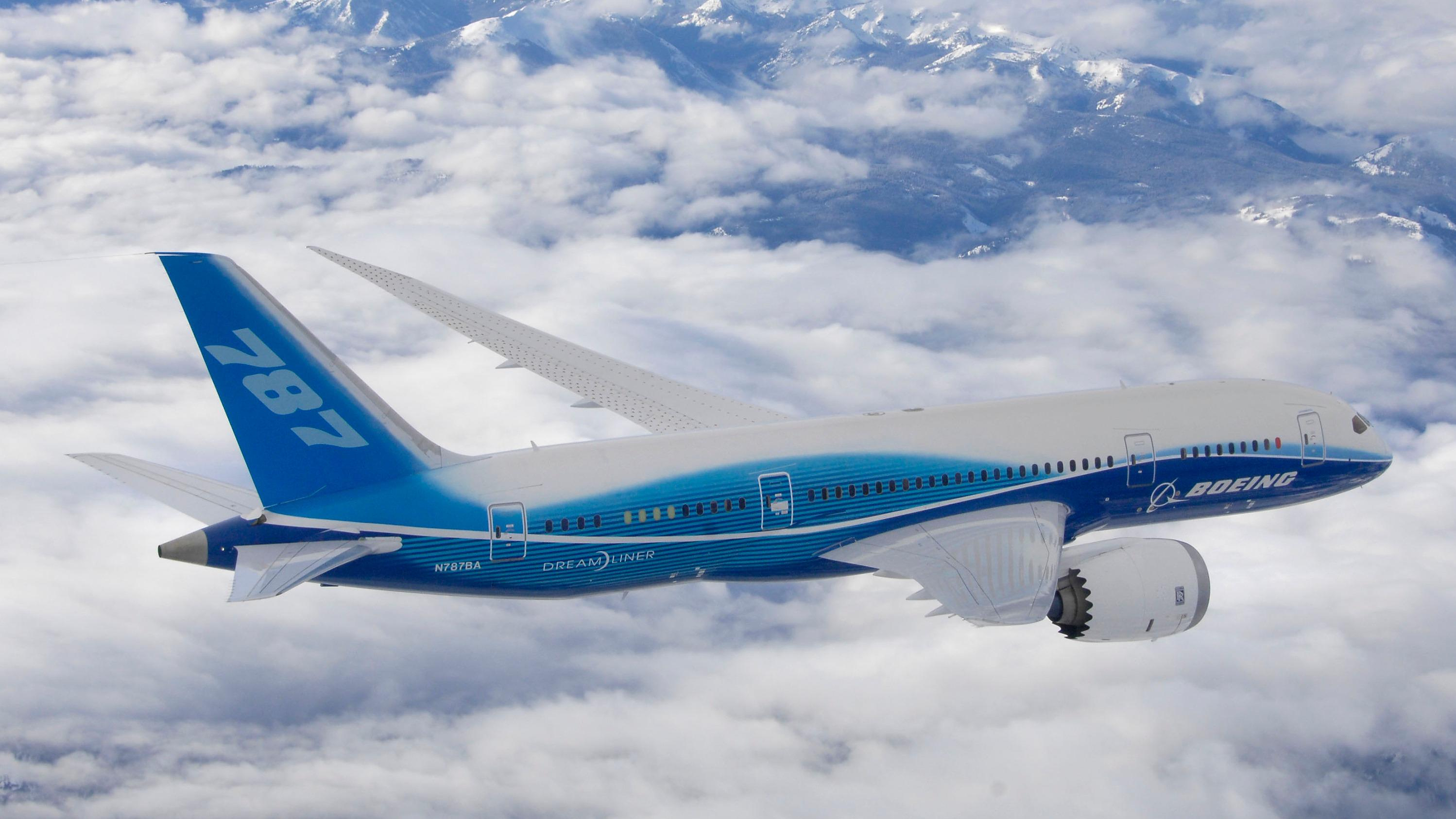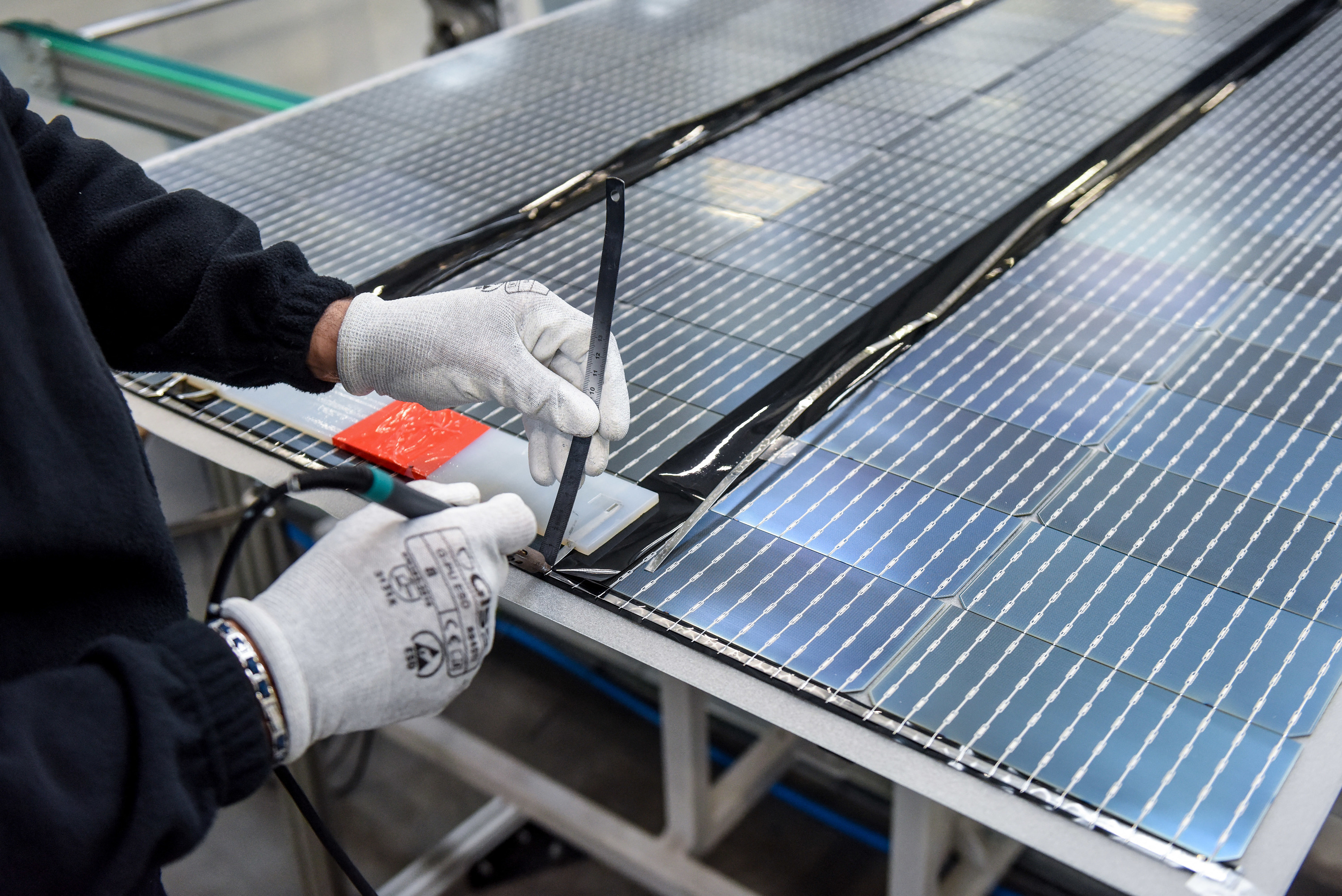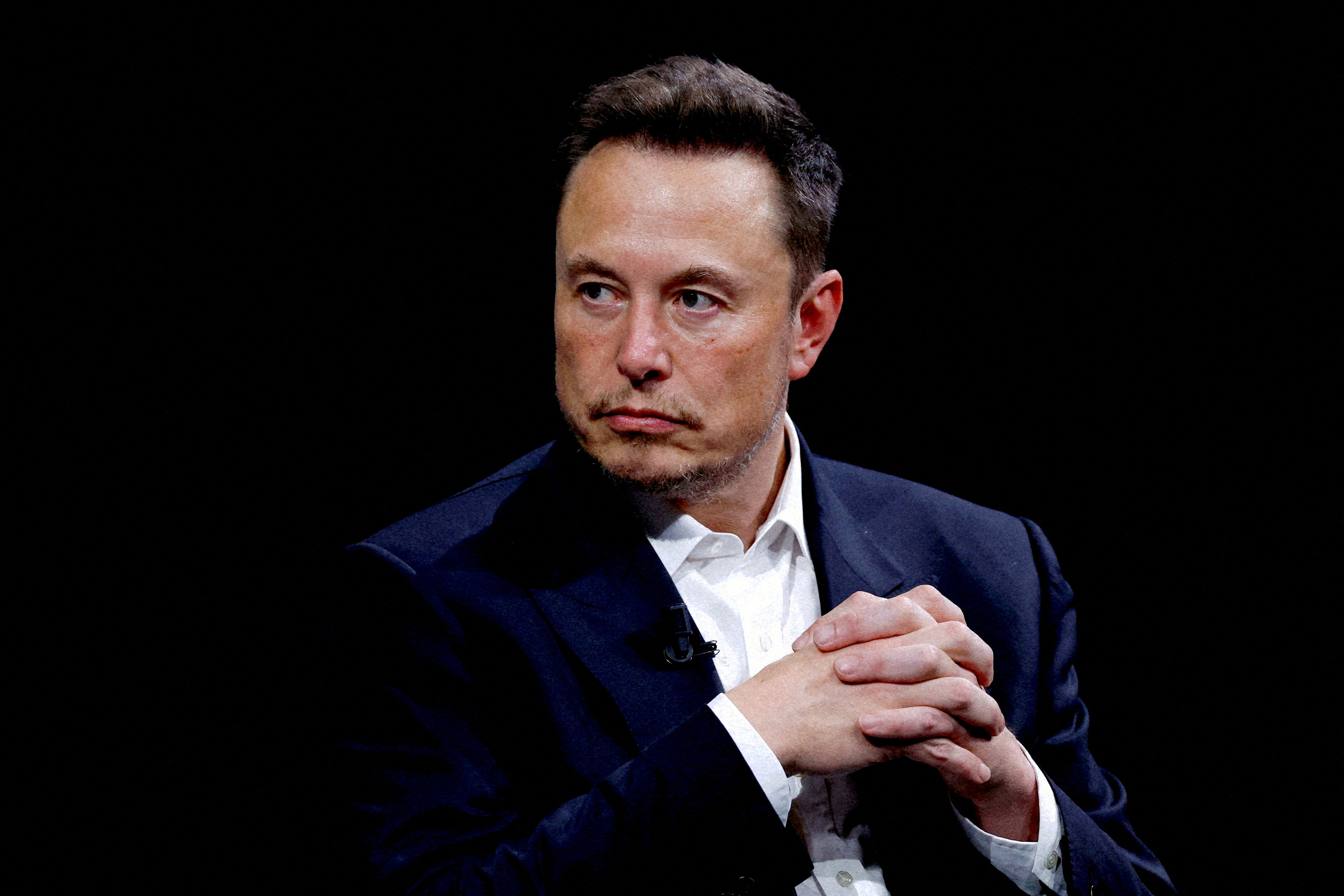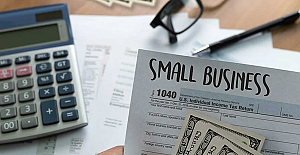How much does the British Royal Family get from the taxpayer? Long accused of costing citizens too much and of keeping its accounts secret, the royal family has conceded significant efforts at transparency. Every year, from now on, accounts are published, allowing citizens to better understand how the monarchy is financed, and how it spends the means made available to it. On the occasion of the coronation of King Charles III, Le Figaro takes stock.
The first and main source of funding for the monarchy comes from a contribution granted by the British government. In 2012, the system hitherto in place, deemed too complex and unreadable, was reformed. Today, the main funding given to the royal family is a public grant, called a “sovereign grant” (“royal grant”). It is based on the income generated by the "Crown estate" - not those of Elizabeth II or Charles III, but the properties of the monarchy, therefore, managed independently, with its own board of directors. The crown, which retrocedes the income from the Crown estate to the government, receives this subsidy in exchange.
As a general rule, the amount of the subsidy for the next two years reaches 15% of the profits generated by the Crown estate during the two previous years. This percentage is reviewed every five years by the Prime Minister, the Chancellor of the Exchequer and the guardian of the "privy purse" - the Queen's or King's private funds. In 2017, they agreed on an increase in the percentage to 25% for ten years, the ten additional percentage points making it possible to finance the essential renovations at Buckingham Palace, in view, in particular, of the platinum jubilee of Elizabeth II. .
This being said, the 2021-2022 report, published last June, shows that the profits generated by the Crown estate in 2019-2020 reached 345 million pounds sterling: the total subsidy granted in 2021-2022 therefore amounted to 25 % of this figure, or 86.3 million pounds, or just under 100 million euros. This sum is divided into two parts: 51.8 million pounds for the royal family, and 34.5 million for the renovations of the palace. This amount was up slightly from the £85.9 million granted the previous year. In other words, the Royal Family cost just "77 pence per person in the UK", or 1.29 pounds, taking into account the whole subsidy, the report says.
At the same time, the royal family can also count on other sources of income to finance its lifestyle. Prior to her death, Elizabeth II could rely on her personal treasury, inherited from her father, or on income from the Duchy of Lancaster. This is part of the Queen's "privy purse" - her private portfolio - and is also used to finance all the official expenses of the royal family. In addition, the Duchy of Cornwall "finances the private and official expenses of the Prince of Wales and the Duchess of Cornwall", heir to the throne. Income from the Royal Collection, of which Clarence House is a part, can also benefit the family.
Opposite these revenues, expenditure reached, over the period 2021-2022, 102.4 million pounds - 118 million euros -, a sharp increase of 14.9 million pounds over one year. The deficit was financed from the reserve, in other words, funds that had been set aside in previous years. The major changes approved over the past five years - including the increase in the contribution from the "Crown estate" and the funds released to renovate Buckingham Palace - have led to an increase in both expenditure and revenue.
Another major source of expenditure, many official trips are organized each year in the United Kingdom and abroad to allow the royal family to accomplish their missions. In 2021-2022, “2,300 official engagements” were counted, including 26 costing more than 15,000 pounds. For example, the queen traveled in July 2021 between Windsor and Manchester by train, in order to celebrate the 600th anniversary of the cathedral. Total cost: 28,272 pounds. The Queen had her own train, the Royal Train. Another example, a trip by Kate and William to Belize, Jamaica and the Bahamas, on the occasion of the Queen's Jubilee, cost a total of some 226,383 pounds, preparations included. That is more than 260,000 euros.
However, the document does not include all expenses. Those mentioned, including official travel of the royal family, staff salaries and maintenance of occupied royal palaces, will thus not include all of the security guards deployed to protect members. However, this could reach 100 million pounds according to the Republic group, which is fighting to bring down the monarchy. A figure difficult to verify. In addition, if the full amount of expenditure linked to the monarchy remains unclear, that of revenue is just as unclear, the royal family attracting tourists and curious people to the United Kingdom and contributing to the attractiveness of the country, in particular during events like weddings.
In recent years, the royal family has wanted to show good citizenship: in addition to the publication of the accounts, the queen has been paying income tax since 1993, on a voluntary basis. If his services welcomed, in June, a gradual return to normal, which should make it possible to increase revenue by seeing visitors return to the various properties of the crown, the royal family will also be, like any British citizen, hit by inflation, underlines the report: “We will continue to respect our plans and to manage these impacts thanks to our own efforts”, it also promises.
For his part, King Charles III has already specified that he would pay income tax, like his mother. However, he has advantages that are criticized by supporters of the abolition of the monarchy: thus, he will not have to pay tax on his colossal inheritance received from Elizabeth II, thanks to an agreement concluded in 1993 between John Major's Conservative government and the Crown. Objective: to avoid squandering the royal fortune. "There could be no question of taxing assets such as the royal palaces, which the queen owns as sovereign, and not in a private capacity", proclaimed then John Major.
SEE ALSO - What the arrival of Charles III on the throne will change for the British monarchy

 Torrential rains in Dubai: “The event is so intense that we cannot find analogues in our databases”
Torrential rains in Dubai: “The event is so intense that we cannot find analogues in our databases” Rishi Sunak wants a tobacco-free UK
Rishi Sunak wants a tobacco-free UK In Africa, the number of millionaires will boom over the next ten years
In Africa, the number of millionaires will boom over the next ten years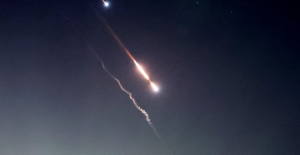 Iran's attack on Israel: these false, misleading images spreading on social networks
Iran's attack on Israel: these false, misleading images spreading on social networks New generation mosquito nets prove much more effective against malaria
New generation mosquito nets prove much more effective against malaria Covid-19: everything you need to know about the new vaccination campaign which is starting
Covid-19: everything you need to know about the new vaccination campaign which is starting The best laptops of the moment boast artificial intelligence
The best laptops of the moment boast artificial intelligence Amazon invests 700 million in robotizing its warehouses in Europe
Amazon invests 700 million in robotizing its warehouses in Europe Switch or signaling breakdown, operating incident or catenaries... Do you speak the language of RATP and SNCF?
Switch or signaling breakdown, operating incident or catenaries... Do you speak the language of RATP and SNCF? Transport in Île-de-France: operators are pulling out all the stops on passenger information before the Olympics
Transport in Île-de-France: operators are pulling out all the stops on passenger information before the Olympics Radio audiences: France Inter remains firmly in the lead, Europe 1 continues its rise
Radio audiences: France Inter remains firmly in the lead, Europe 1 continues its rise Russian cyberattacks pose a global “threat”, Google warns
Russian cyberattacks pose a global “threat”, Google warns A new Lennon-McCartney duo, more than 50 years after the Beatles split
A new Lennon-McCartney duo, more than 50 years after the Beatles split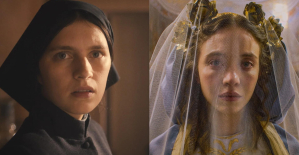 The Curse vs Immaculée: two thrillers but only one plot
The Curse vs Immaculée: two thrillers but only one plot Mathieu Kassovitz adapts The Beast is Dead!, the comic book about the Second World War and the Occupation by Calvo
Mathieu Kassovitz adapts The Beast is Dead!, the comic book about the Second World War and the Occupation by Calvo Goldorak 'has never lived so much as now'
Goldorak 'has never lived so much as now' Skoda Kodiaq 2024: a 'beast' plug-in hybrid SUV
Skoda Kodiaq 2024: a 'beast' plug-in hybrid SUV Tesla launches a new Model Y with 600 km of autonomy at a "more accessible price"
Tesla launches a new Model Y with 600 km of autonomy at a "more accessible price" The 10 best-selling cars in March 2024 in Spain: sales fall due to Easter
The 10 best-selling cars in March 2024 in Spain: sales fall due to Easter A private jet company buys more than 100 flying cars
A private jet company buys more than 100 flying cars This is how housing prices have changed in Spain in the last decade
This is how housing prices have changed in Spain in the last decade The home mortgage firm drops 10% in January and interest soars to 3.46%
The home mortgage firm drops 10% in January and interest soars to 3.46% The jewel of the Rocío de Nagüeles urbanization: a dream villa in Marbella
The jewel of the Rocío de Nagüeles urbanization: a dream villa in Marbella Rental prices grow by 7.3% in February: where does it go up and where does it go down?
Rental prices grow by 7.3% in February: where does it go up and where does it go down? Europeans: the schedule of debates to follow between now and June 9
Europeans: the schedule of debates to follow between now and June 9 Europeans: “In France, there is a left and there is a right,” assures Bellamy
Europeans: “In France, there is a left and there is a right,” assures Bellamy During the night of the economy, the right points out the budgetary flaws of the macronie
During the night of the economy, the right points out the budgetary flaws of the macronie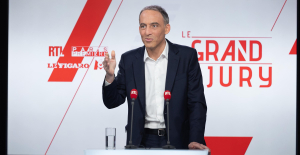 Europeans: Glucksmann denounces “Emmanuel Macron’s failure” in the face of Bardella’s success
Europeans: Glucksmann denounces “Emmanuel Macron’s failure” in the face of Bardella’s success These French cities that will boycott the World Cup in Qatar
These French cities that will boycott the World Cup in Qatar Champions League: semi-final schedule revealed
Champions League: semi-final schedule revealed Serie A: AS Roma extends Daniele De Rossi
Serie A: AS Roma extends Daniele De Rossi Ligue 1: hard blow for Monaco with Golovin’s premature end to the season
Ligue 1: hard blow for Monaco with Golovin’s premature end to the season Paris 2024 Olympics: two French people deprived of the Olympic Games because of a calculation error by the international federation?
Paris 2024 Olympics: two French people deprived of the Olympic Games because of a calculation error by the international federation?





